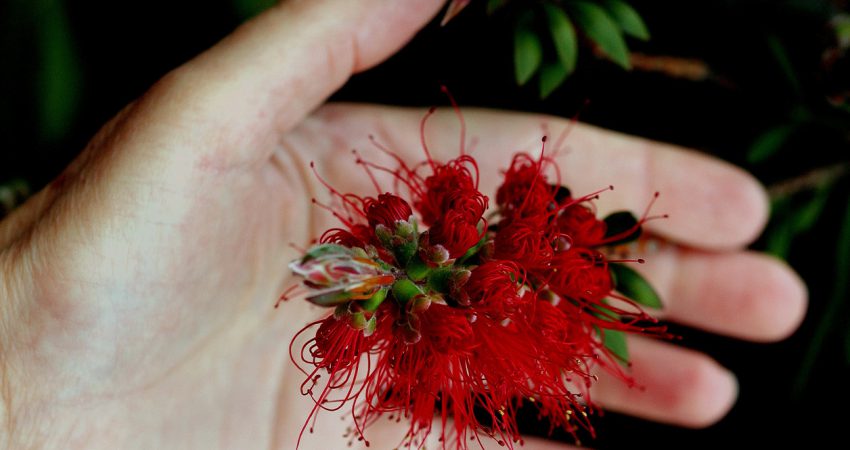
By Melissa Ballard - August 2014
PAPER CITATION
Birmingham, D., & Calabrese Barton, A. (2014). Putting on a green carnival: Youth taking educated action on socioscientific issues. Journal of Research in Science Teaching, 51(3), 286–314.
Through a critical ethnography, Birmingham and Calabrese Barton examined why and how a group of six middle school girls took civic action, defined as “educated action in science,” after studying green energy in an afterschool science program. The paper follows the students’ process in planning and implementing a carnival to engage their community in energy conservation and efficiency issues.
Research Design
The study focuses on six participants in GET City, an afterschool program based at a Boys & Girls Club. Located in an urban area experiencing severe economic decline, GET City targets underrepresented youth. The youth in this study had taken leadership roles in designing, planning, and implementing the green carnival. All were African American middle school girls.
Using critical ethnography and working as participant observers, the researchers sought to answer three questions:
- What understandings of science and place shape middle school youth’s educated action in science?
- How do youth leverage these understandings to take educated action in science?
- What forms does their educated action take, and how are these forms responsive to the connections youth make between science and place?
Data sources included topical conversation groups, one-on-one interviews, carnival artefacts, descriptions of the carnival, and transcripts and student work from afterschool sessions. The first phase of data analysis identified themes in youth talk: how youth described using science to take action in their community and how they constructed their understanding. In the second phase, researchers analysed data about youth action and how that action connected to their talk.
Research Findings
The GET City youth defined three green energy messages they wanted to communicate during their green carnival and associated green practices they wanted the community to adopt. They developed ten carnival exhibits and presentations, which demonstrated mastery of the scientific concepts and practices they had learned in the afterschool program.
The researchers observed in planning sessions that youth paid close attention to how the community would receive their intended messages. They drew on their place-based knowledge to frame their messages in the most compelling ways, attending to economic, cultural, and practical community concerns. Their exhibits presented green energy, a scientific solution, as direct answers to those concerns.
The researchers observed that the youth intentionally made their carnival accessible and participatory. The youth looked for ways to make the experience fun while providing practical tools to help community members “green” their behaviours.
The authors conclude that the primary impetus for the youth to take educated action was their critical, multidimensional understanding of place and their understanding of how science intersects with place and with their everyday experience in the community.
Theoretical Basis
To make the case for youth taking educated action, the authors build on Feinstein’s (2010) definition of science literacy. A scientifically literate citizen is a “competent outsider with respect to science” (Feinstein, 2010, p. 180), one who can identify areas in everyday life where science is relevant. The authors define educated action as the capacity to leverage multiple relevant kinds of knowledge and practices to inform democratically responsible action. Taking educated action specifically in science requires one to use scientific knowledge and practices relevant to the socioscientific issue at hand (Kolstø, 2001).
A multidimensional understanding of place is used to frame how the study participants engaged with the socioscientific issue of energy use. The authors recognize that people experience place through historical, sociocultural, economic, and political dimensions that differ depending on race, socioeconomic status, language, and similar factors. Like many people, study participants had particular kinds of place-based knowledge and held an insider identity in their communities. The youth held a certain level of expertise that shaped how they researched and engaged with environmental issues and how they planned the green carnival for their community—that is, how they took educated action.
Implications for Practice
This paper reminds informal science educators to take a critical look at our goals for scientific literacy. Is taking civic action a critical component? Are we preparing youth to use scientific knowledge in the future, as adults, or can they use it now?
This paper demonstrates that youth can build expertise across multiple dimensions, including science content and science communication. Even in middle school, youth can take educated action in science. In order to facilitate educated action, learning must be personally meaningful and activate youth’s place-based expertise in the local community. Socioscientific issues are a place to start. Afterschool and other informal science education programs might also build flexibility into their program design so that students can shape the form their educated action takes.
References
Feinstein, N. (2010). Salvaging science literacy. Science Education, 95, 168–185. Kolstø, S. D. (2001). Scientific literacy for citizenship: Tools for dealing with the science dimension of controversial socio-scientific issues. Science Education, 85, 291–310.




